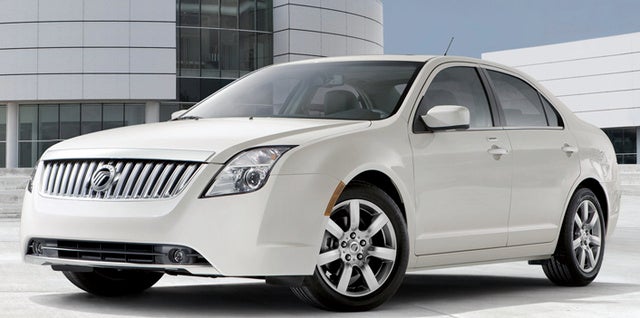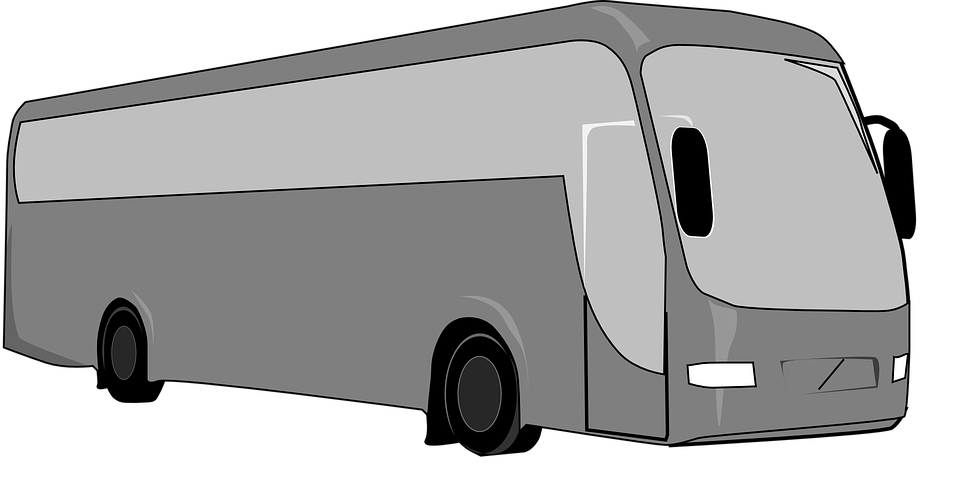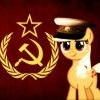For The Transit Fans: News, Stories and Lore: Rewind Pt 1
Let's take a look back at some of the brands we lost over the last decade and some of the vehicles which made them notable

2012 Saab 9-5 (Final Release)
Saab: The Swedish Yin to Volvo's Yang, Saab had a very interesting history and a very strict company culture which it could not deviate from. That eventually led to Saab's sad end which could have been prevented. In 1989 General Motors invested $600 Million in Saab essentially taking a 50% stake in the company. This meant that Saab had to comply with the business practices carried out by General Motors known as Badge Engineering. To save on costs and still be competitive, GM builds "platforms" onto which multiple body styles and engines could be mounted. For example, the GM Epsilon platform is GM's entry into the large sedan market. Multiple cars have been built onto this platform such as Opel Insignia, Buick Regal, Chevrolet Malibu, Cadillac XTS, and the Chevrolet Impala. All of these vehicles look very similar while having different engines and interiors which makes people think they are not related. This practice is done internationally but GM is king of doing this. Saab has always been known for building strong and sturdy "Swedish Bricks" which could withstand hitting a deer. Safety was the big selling point of Saab, however safe cars are expensive cars. Saab would often disregard GM Corporate and refuse to build cars onto existing platforms. Eventually GM would put Saab up for sale due to the amount of money lost on the brand. Saab was sold back to the Swedish Government and then sold to Dutch Supercar manufacturer Spyker. The size of Saab was too much for Spyker and the brand eventually died. Spyker could not get the Saab 9-5 into all international markets fast enough and a low enough price to boost sales quickly. The last Saab 9-5 did comply with GM's orders however, as it also shares the GM Epsilon platform.

2002 Hummer H2
Hummer: In 1992 AM General, the manufacturer of the Military M998 HMMWV began to sell a civilian version called the Hummer H1. The H1 sold very well with serious off road enthusiasts and the H1 had a high demand and was a practical vehicle for those types of environments. The truck was also popular with actors such as Arnold Schwarzenegger. A few years later in 1998 General Motors purchased the brand name "Hummer" and offered two other SUV's based on the H1 but smaller and more accessible to the civilian market. The H2 and H3 were trucks which were introduced right before the worst economic downturn since the great depression. When Americans were living paycheck to paycheck and fuel was over $4 a gallon the market for large offroad SUV's evaporated almost instantly. The H2's fuel economy was 10 City 14 Highway. The Hummer brand was entirely composed of SUV's and was hit the hardest however other trucks of this caliber also saw extinction such as the Ford Excursion. After no longer being able to justify the brand along with dwindling sales Hummer production was halted and the brand was put up for sale. Despite the impracticality of the trucks in the US they did have a demand internationally. The H2 sold well in Russia and South Africa. Two companies expressed interest in buying the brand. Mahindra and Mahindra of India which specializes in SUV production was interested in purchasing the brand as well as Tenghzhong Heavy Industrial Machinery Company, a Chinese firm which builds unlicensed copies of the Hummer for the Chinese Military. The sale was prevented to China because of "security concerns".

2009 Suzuki Kizashi
Suzuki: The Japanese brand many forget about pulled its Automobile sales out of North America after finally admitting defeat. Suzuki faced difficulty with its Japanese competition in the form of Toyota, Nissan and Honda. Suzuki's vehicles were always described as "a step down" from the Japanese big three. The vehicles themselves were not terribly engineered but North American customers care a great deal about how a car's interior feels and looks as well as how it makes them feel. Suzuki vehicles were practical city cars with basic interiors and Suzuki was not willing to improve on this to boost North American sales. In other markets the interior feeling "cheap" is not an issue and this is why Suzuki cars sell very well in Latin America, India and Southeast Asia. Suzuki tried one last time to win over North American buyers with the Kizashi. The car was more of the same. A practical basic A to B car with no flare or flash about it. To give context, the Toyota Corolla can be ordered with up to 4 different interior colors, wheel designs and even an extra trim level in the form of the Corolla S. Toyota offers many different ways to build a Corolla while still maintaining a similar price. The Chevrolet Cruze can be offered the same way with many extras and add ons to make it feel premium. This is what has to be done in the North American market. Suzuki simply didn't fit. Suzuki still honors any existing warranties on any cars sold in the North American Market and still sells its other products such as Motorcycles, Boat Engines and other small engines.

2006 Pontiac GTO
Pontiac: Named after the Ottawa war chief who fought against the British occupation of the Great Lakes region, Pontiac was the performance marque of the General Motors lineup. Pontiac much like other GM brands such as Oldsmobile saw great popularity from the 1960's all the way to the 1980's and had a firm hold in the market. However in the 1990's the Japanese brands all began encroaching on the market for cheap two door sports cars. Pontiac started to suffer when GM ceased to allow Pontiac the power to innovate. All Pontiac cars had to share a GM platform and Pontiac ceased to be a sporty brand. As part of the 2008 restructuring of GM Pontiac was dropped from the GM lineup.

2010 Mercury Milan
Mercury: The brand was created to be an entry level luxury marque a step in between Ford and Lincoln. Its vehicles were carbon copies of Ford models with slightly different exterior changes and premium feeling interiors with more features as standard. It's best selling vehicle the Grand Marquis was an upscale version of the Ford Crown Victoria which is mostly used as a fleet vehicle for Police and Taxi applications. The brand started to suffer in the mid 2000's and much like the situation at GM, Ford was unable to justify the brand as more sales were going to the more upscale Lincoln brand. The last push for sales came in the form of the Ford Fusion based Mercury Milan which consistently sold at around 30,000 annually since 2005. Ford finally pulled the plug on Mercury in 2011.




0 Comments
Recommended Comments
There are no comments to display.
Create an account or sign in to comment
You need to be a member in order to leave a comment
Create an account
Sign up for a new account in our community. It's easy!
Join the herd!Sign in
Already have an account? Sign in here.
Sign In Now